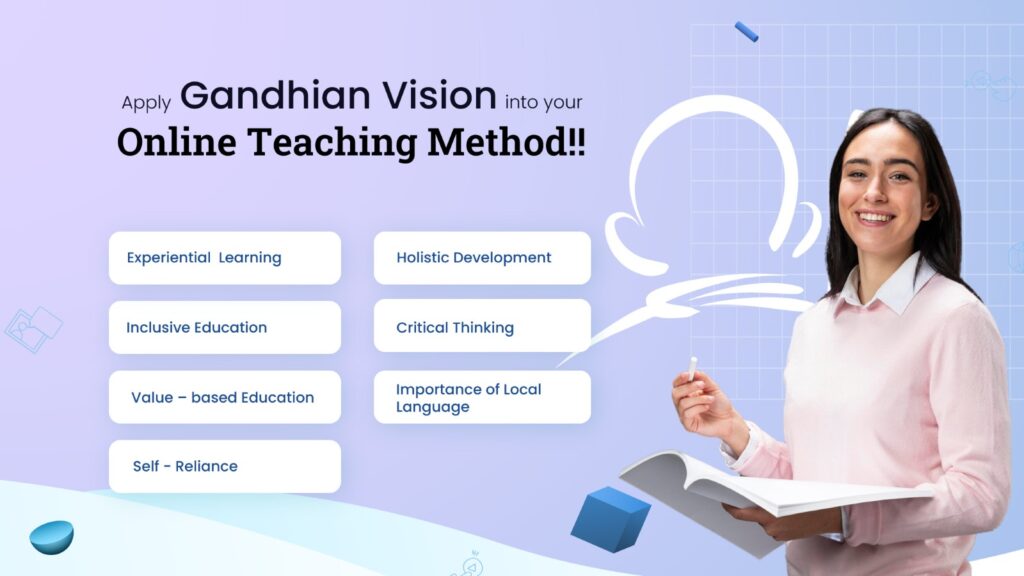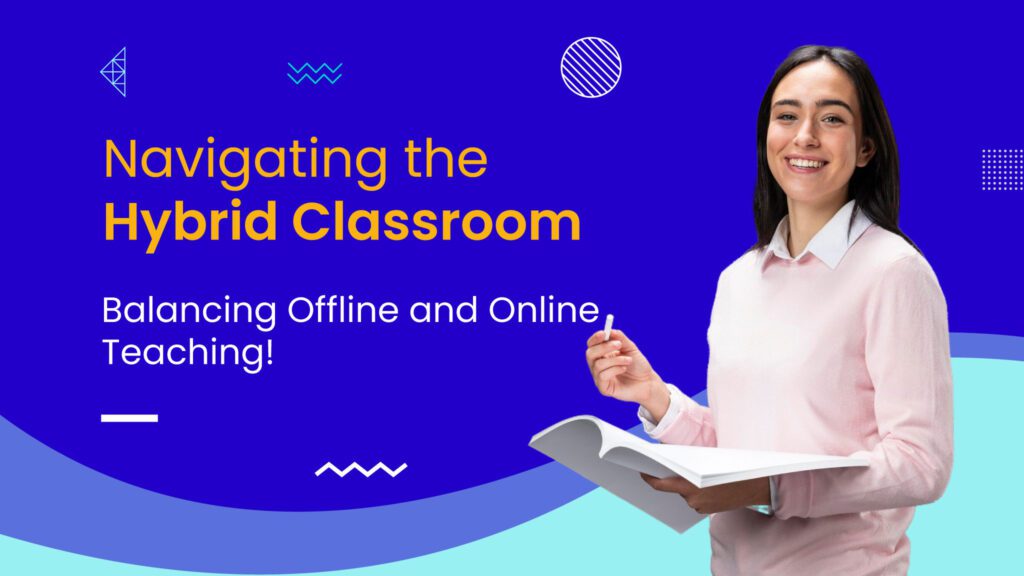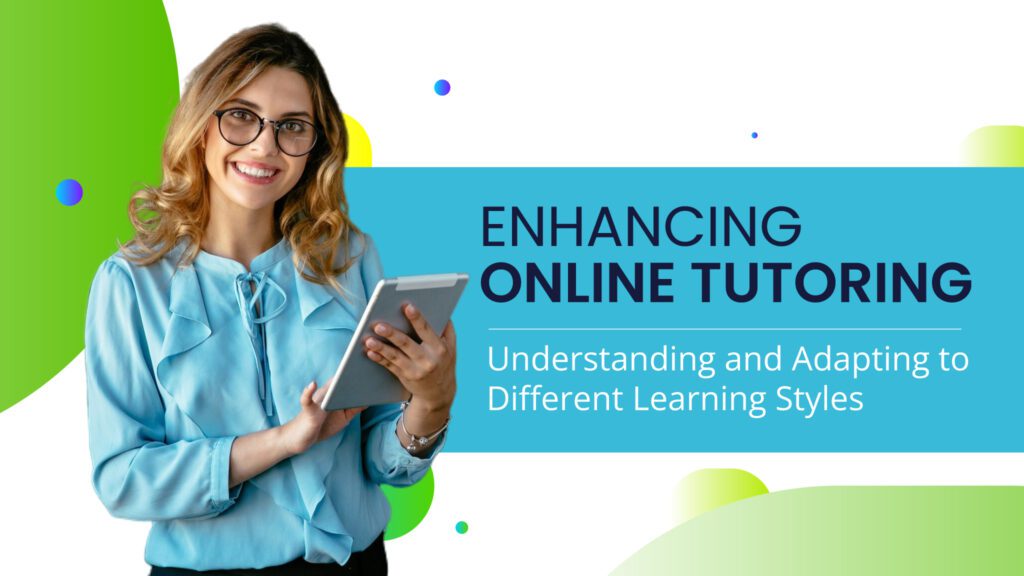How Digital Course Selling Platforms Empower Teachers: Unlocking New Opportunities in Online Teaching
Reduce Overheads and Costs through Digital Course Selling Traditional teaching often involves costs for materials, venues, and other logistical expenses. Online course platforms reduce or eliminate these overheads, allowing you to focus on creating high-quality content without worrying about additional expenses. Digital course selling simplifies the process and minimizes costs associated with traditional teaching methods. In this blog, we’ll explore how digital course selling and online teaching can benefit teachers and why embracing these modern approaches is essential for success. Expand Your Reach Beyond Borders with Digital Course Selling Gone are the days when teachers were confined to local classrooms. Digital course selling platforms enable educators to connect with a global audience. By offering online courses, teachers can share their knowledge with students from different regions and countries. This expanded reach not only increases your impact but also provides a diverse learning experience for students worldwide, showcasing the true power of digital course selling. Boost Your Income Potential through Online Teaching One of the most appealing benefits of digital course selling is the potential for increased revenue. Teachers can set their own prices for their courses and earn money for every student who enrols. This additional income stream can be especially valuable for educators looking to supplement their earnings or support their passion projects, making online teaching a lucrative endeavour. Enjoy Flexible Scheduling with Online Teaching Creating and selling online courses offers unparalleled flexibility. Teachers can design and record their courses on their own time, allowing them to balance their teaching responsibilities with other commitments or interests. This flexibility means you can work at your own pace and schedule, making it easier to manage your work-life balance through digital course selling. Scale Your Efforts with Ease via Digital Course Selling Once your course is live on a digital platform, it can be accessed by an unlimited number of students. This scalability means that your initial effort in creating the course can result in significant returns as more students enrol over time. Unlike traditional teaching, where the number of students you can teach is limited by physical constraints, online teaching and digital course selling offer virtually unlimited potential. Generate Passive Income with Digital Course Selling Creating an online course can lead to passive income, meaning you can continue to earn money long after the course is launched. With each new enrolment, you generate additional revenue without having to constantly deliver live lectures or workshops. This passive income can provide financial stability and allow you to focus on other projects or interests, showcasing the financial benefits of digital course selling. Enhance Your Professional Skills through Online Teaching Developing and selling online courses is not just about teaching; it’s also an opportunity for professional growth. Teachers learn valuable skills in content creation, digital marketing, and online teaching techniques. This experience can enhance your overall expertise and open doors to new career opportunities in the realm of digital course selling. Maintain Autonomy and Control with Digital Course Selling Digital course platforms give teachers complete control over their course content, structure, and delivery. This autonomy allows you to tailor your courses to your specific expertise and teaching style, ensuring that your material is presented exactly how you envision it. Embracing online teaching gives you the power to create a learning experience that reflects your unique approach. Engage Students with Interactive Tools in Online Teaching Many digital course platforms offer features like quizzes, interactive elements, and discussion forums. These tools can enhance student engagement and provide teachers with insights into how students are interacting with the material. This feedback can be invaluable for refining and improving your course content, making online teaching more effective and engaging. Leverage Analytics for Improvement in Digital Course Selling With built-in analytics, you can track student progress, engagement, and course performance. This data provides valuable insights into how your course is performing and where adjustments may be needed. By understanding your students’ needs and behaviours, you can continually improve your offerings and provide a better learning experience through digital course selling. Build Your Personal Brand with Online Teaching Selling online courses is a powerful way to build your personal brand and establish yourself as an authority in your field. As you gain recognition and positive reviews, you’ll enhance your reputation and attract more students who are interested in your expertise. Digital course selling provides a platform for showcasing your skills and building a strong professional identity. Foster a Community of Learners with Online Teaching Creating an online course allows you to build and nurture a community of learners who share your interests. This sense of community can be incredibly rewarding for both you and your students, providing opportunities for networking, collaboration, and ongoing support. Embracing online teaching helps you create a vibrant learning environment that extends beyond the digital classroom. Digital course selling and online teaching represent game-changing opportunities for teachers. They offer a way to expand your reach, increase your income, and enhance your professional skills, all while providing flexibility and control. By embracing these modern approaches, teachers can unlock new opportunities, share their expertise with a global audience, and enjoy the rewards of a dynamic and evolving educational landscape. Whether you’re looking to supplement your income or build your personal brand, digital course selling is a powerful tool that can help you achieve your goals and make a lasting impact.











